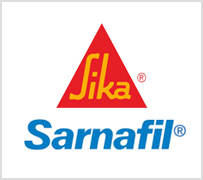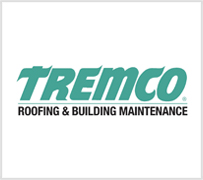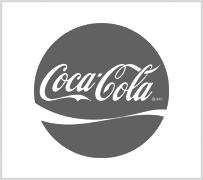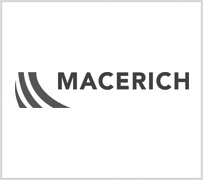
Green roofing has become a pretty common term these days. Adding a layer of plants to your roof instead of shingles or single-ply has a variety of advantages – insulation, reduced water runoff, mediating the urban heat island effect, growing fruits and vegetables — well, you get the idea.
So what exactly is a blue roof? A blue roof has a series of ponds/tanks and temporarily stores rainwater. Once the rain has stopped, the ponds or tanks slowly release the water. In short, it mimics the hydrology of the site before the building was place there.

Photo Source: Hazen & Sawyer
The Advantages
- In urban area, holding back water during a big storm can help keep the sewage system from becoming overloaded. Blue roofing is becoming very popular in New York City, for example.
- When combined with light-colored roofing materials, it can significantly reduce a building’s cooling costs.
- Some systems even spray the stored water onto the roof in a controlled fashion over time, which provides even more cooling.
- In addition, some systems can channel the water into the landscaping, fountains or to water gardens and green roofing spaces.
- Blue roofing can be significantly less expensive the green roofs.
The Challenges
- Water is heavy, so the roof structure must be able to bear the weight of the stored water.
- Retaining water can increase roof deterioration, so many blue roof systems require a double roof membrane.
- Standing water is an ideal breeding space for mosquitos, so roof managers should be prepared to minimize breeding options.













